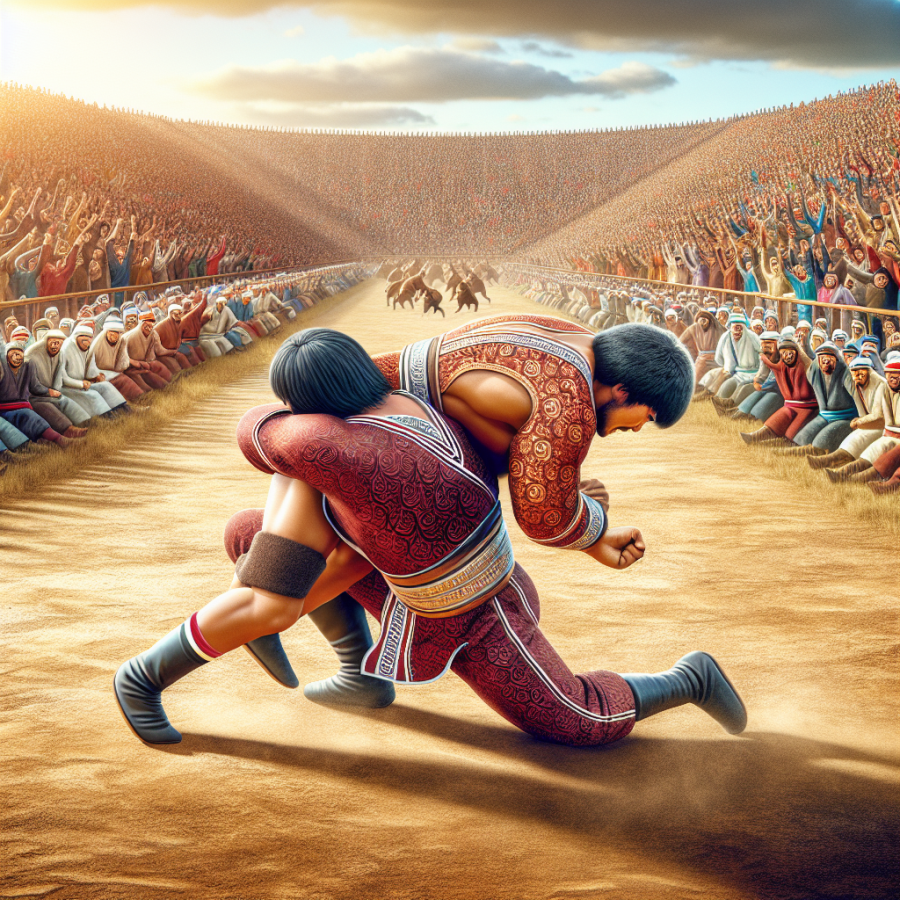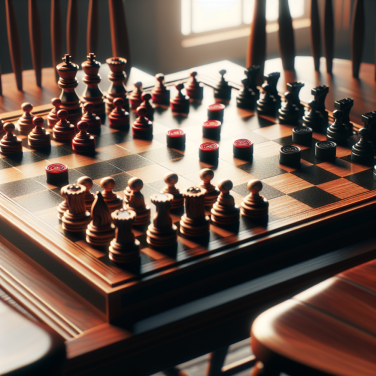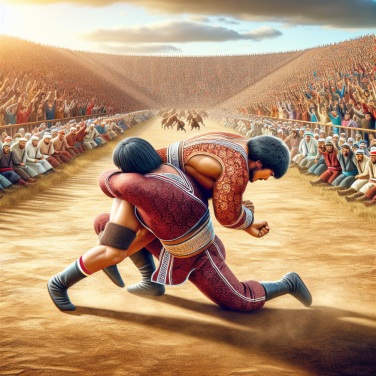The Evolution and Influence of Mongolian Wrestling in Modern Times
Mongolian wrestling—known locally as Bökh—has been an integral part of Mongolia's cultural heritage for centuries. Its origins can be traced back to ancient times when the nomadic tribes of Mongolia would compete in a display of strength, skill, and stamina. This sport has not only endured through the ages but has also evolved, influencing modern wrestling practices and contributing to the cultural exchange in the realm of martial arts.
One of the key aspects of the evolution of Mongolian wrestling is its steadfast adherence to tradition. Unlike many sports that have undergone significant rule changes and commercialization, Bökh has managed to preserve its core elements. The wrestlers, known as bökhchins, still don vibrant, traditional attire called zodog and shuudag, and matches are won by making any part of an opponent's body, besides the hands and feet, touch the ground. This steadfastness has carved a unique niche for Mongolian wrestling on the world stage and attracted enthusiasts seeking an authentic cultural experience.
In modern times, Mongolian wrestling's influence can be seen far beyond the steppes of its origin. Many Mongolian wrestlers have transitioned into international styles of wrestling with great success, utilizing the strength and techniques developed in Bökh. Their presence has been felt in Olympic freestyle and Greco-Roman wrestling events, where they've earned medals and recognition, highlighting the prowess of Mongolian training methods and bringing attention to their indigenous sport.
Moreover, the diaspora of the Mongolian people has led to the spread of Bökh globally. Tournaments are now held in various countries, presenting Mongolian wrestling as a sport with a rich cultural narrative that intrigues global audiences. In these international spaces, Bökh acts not only as a competitive sport but also as an ambassador of Mongolian culture, offering a glimpse into the values, history, and spirit of the Mongolian people.
The gentle giant aspect of Mongolian wrestling culture also fascinates many. Despite the apparent brute force required to succeed, Mongolian wrestling imbues a sense of humility and respect. After every match, irrespective of the outcome, wrestlers perform the eagle dance known as the Devekh, symbolically tracing the wings of an eagle. This act pays homage to the spirit of fair play and respect for one's opponent, values that are increasingly hailed in a competitive sports environment often criticized for its win-at-all-costs mentality.
Read also:
Mastering the Art of Precision Throwing: Techniques and Tips
Decoding the Symbolism and Rituals of Mongolian Wrestling
Mongolian wrestling, known natively as Bökh, is a centuries-old tradition, deeply rooted in the nomadic culture of Mongolia. This sport is much more than a display of physical strength and agility; it is a dance of symbolism and rich ritual that reflects the values and history of the Mongolian people.
At the onset, wrestlers perform the 'Eagle Dance' or 'Devekh', which is a symbol of power and grace. This dance is said to mimic the flight of the mythical Garuda and the movement of powerful animals, such as the lion and the tiger, that are totems of strength and royalty in Mongolian mythology. It is not merely a warm-up but an invocation of the spirit of these revered creatures, asking for their might and valor.
The attire worn by the wrestlers is also of historical significance. The traditional wrestling costume, or 'Shuudag', consists of a tight, sleeveless jacket called a 'zodog', which leaves the wrestler's arms and chest bare, a homage to a legend that talks of a woman who once disguised herself as a man to win a wrestling competition. The discovery of her deceit led to the design of the open-chest jacket to ensure that only men could compete. Wrestlers also wear short, tight-fitting trousers called 'shuudag', and boots that curve upward at the toe, reflecting the Mongolian nomadic lifestyle, which involves a lot of horseback riding.
Before engaging in combat, wrestlers are introduced by their seconds, or 'zasuul'. The zasuul plays a critical role as mentor and herald, chanting the title and lineage of the wrestler, signaling their social status, and linking the wrestler to a tradition of warriors and champions. This practice instills a sense of pride and continuity with the past, connecting the match to the larger narrative of Mongolian identity and history.
The matches themselves are steeped in ritual. There are no weight classes or time limits, embodying the notion that Mongolian wrestling is a test of natural strength, endurance, and technique. The objective of the match is to get any part of your opponent's body above the knee to touch the ground. The nature of the combat reflects the values of fair play and honor, with an emphasis on skill over brute force.
Victory in a match is often followed by the 'Bii Biyelgee', a traditional dance of triumph.




